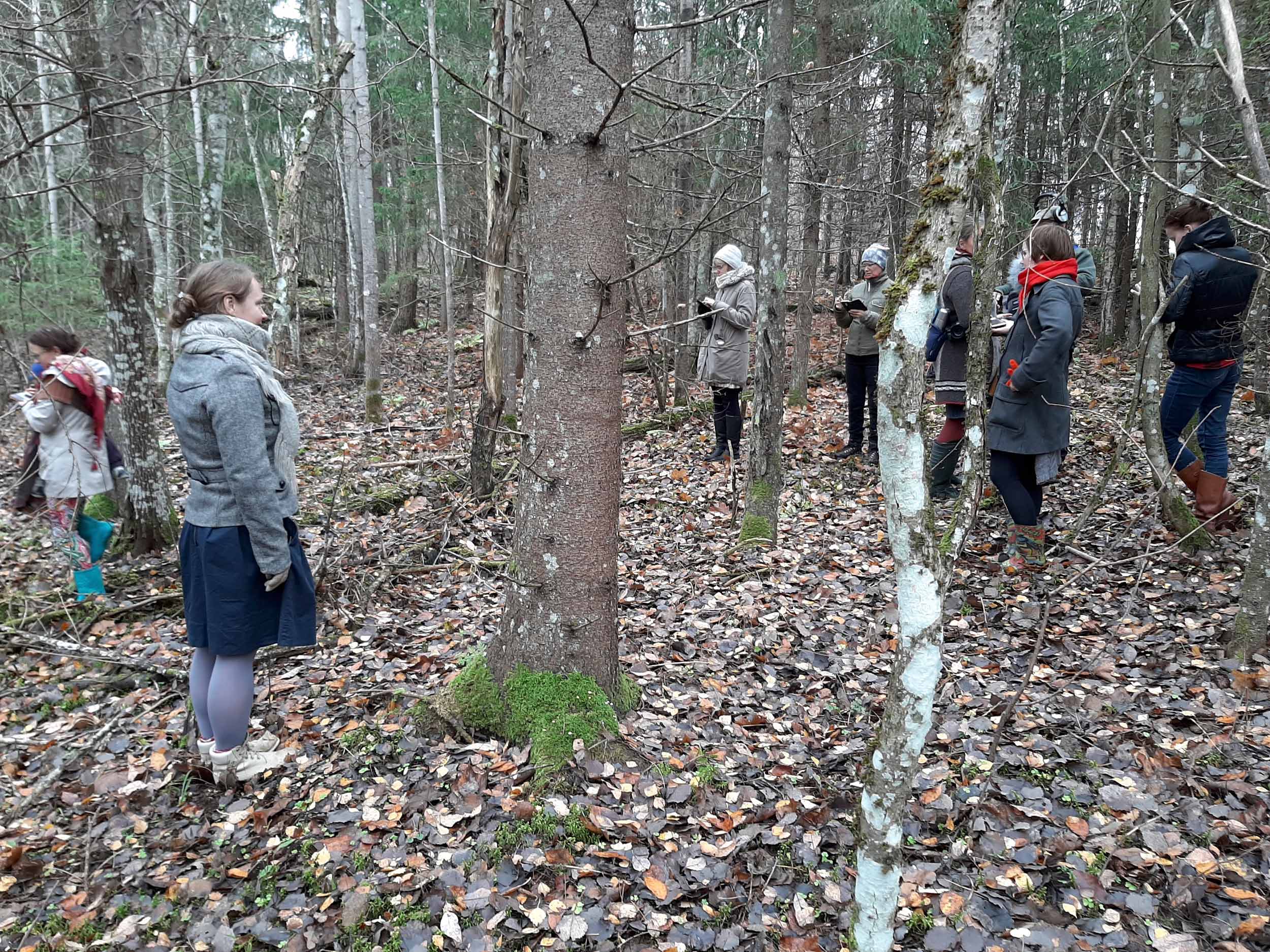13. sajandil vallutasid Eestimaa saksa ristisõdijad. Maa sai vallutajate omandiks ja 16. sajandiks olid eestlastest saanud pärisorjad. Pärisorja staatusest vabaneti alles 19. sajandil. Järgmised laulud on seotud ajalooliste oludega. “Riia rikkumine” kirjeldab aega, mil eestlased tundsid ennast rõhutuna linnade poolt, mille olid rajanud sissetungijad. “Kubjas ahju” väljendab pärisorja meeleolu, kes sunniviisil, kupja kepi all peab tegema rasket mõisatööd.

In the 13th century, Estonia was conquered by German crusaders. The land became property of the invaders, and by the 16th century, Estonians had become serfs. Serfdom did not end in Estonia until the 19th century. The content of the following songs is related to historical conditions. “Destroying of Riga” describes times when Estonians felt themselves oppressed by towns established by foreign invaders. “Let us burn the taskmaster!” expresses the sentiments of serfs who were forced to do heavy labour for the manor under the taskmaster’s cane.